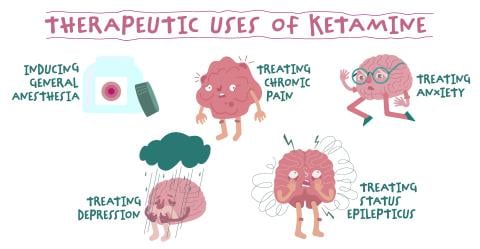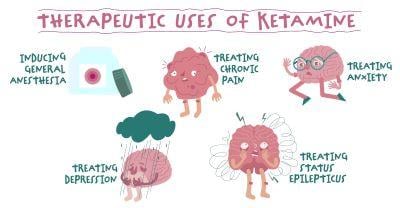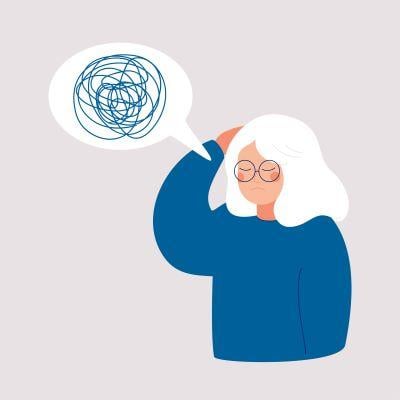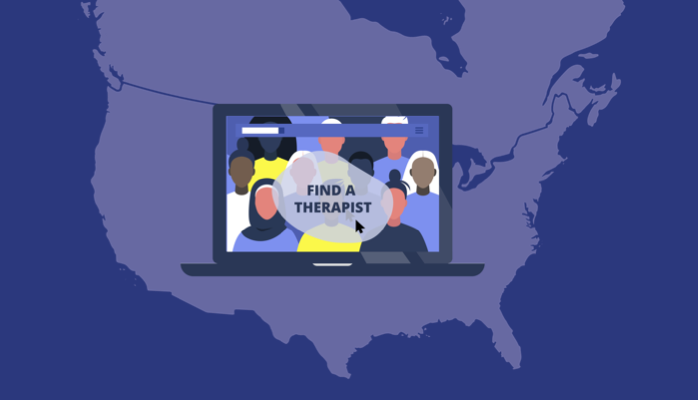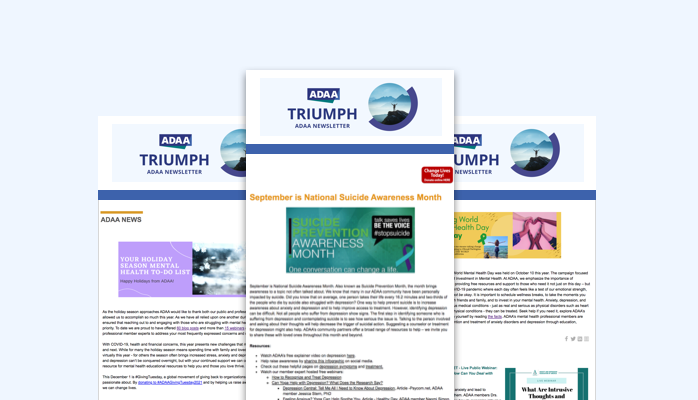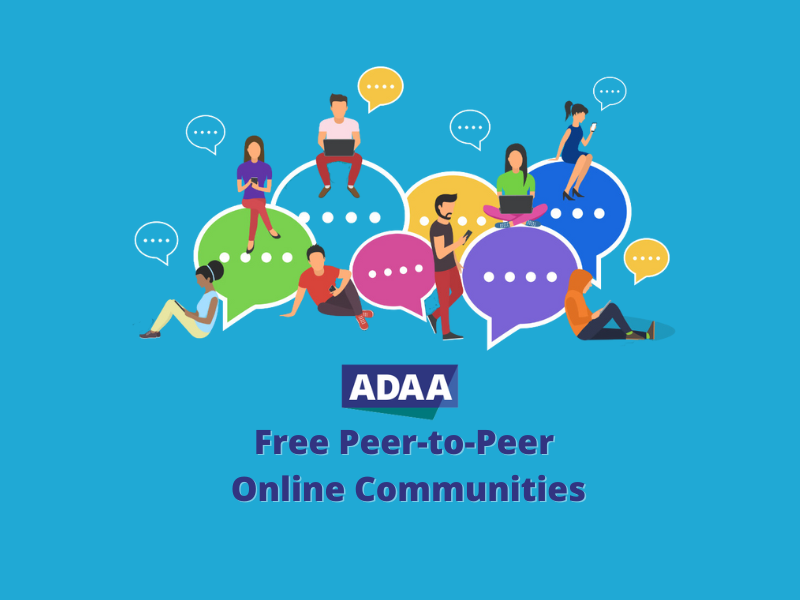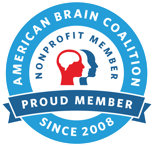The defining feature of social anxiety disorder, also called social phobia, is intense anxiety or fear of being judged, negatively evaluated, or rejected in a social or performance situation. People with social anxiety disorder may worry about acting or appearing visibly anxious (e.g., blushing, stumbling over words), or being viewed as stupid, awkward, or boring. As a result, they often avoid social or performance situations, and when a situation cannot be avoided, they experience significant anxiety and distress. Many people with social anxiety disorder also experience strong physical symptoms, such as a rapid heart rate, nausea, and sweating, and may experience full-blown attacks when confronting a feared situation. Although they recognize that their fear is excessive and unreasonable, people with social anxiety disorder often feel powerless against their anxiety.
Social anxiety disorder affects approximately 15 million American adults and is the second most commonly diagnosed anxiety disorder following specific phobia. The average age of onset for social anxiety disorder is during the teenage years. Although individuals diagnosed with social anxiety disorder commonly report extreme shyness in childhood, it is important to note that this disorder is not simply shyness. Read about the difference.
Social anxiety disorder can wreak havoc on the lives of those who suffer from it. For example, individuals may decline a job opportunity that requires frequent interaction with new people or avoid going out to eat with friends due to a fear that their hands will shake when eating or drinking. Symptoms may be so extreme that they disrupt daily life and can interfere significantly with daily routines, occupational performance, or social life, making it difficult to complete school, interview and get a job, and have friendships and romantic relationships. People with social anxiety disorder are also at an increased risk for developing major depressive disorder and alcohol use disorders.
Despite the availability of effective treatments, fewer than 5% of people of with social anxiety disorder seek treatment in the year following initial onset and more than a third of people report symptoms for 10 or more years before seeking help.
ADAA Resources
Brochures
Blogs:
Webinars:
Videos:
Books by ADAA Member Professionals
ADAA Publication: Triumph Over Shyness: Conquering Social Anxiety Disorder, Second Edition
This ADAA publication is full of practical tips, helpful techniques, and more to help manage anxious thoughts and physical symptoms of social anxiety disorder.
Read an excerpt of Triumph Over Shyness: Conquering Social Anxiety Disorder. Using humor, warmth, and language that is easy to understand, authors Murray Stein, MD, MPH, and John Walker, PhD, explain what causes social anxiety disorder, how it impacts social and romantic relationships, and what treatments work. Order your copy today.
- Find Your Fierce: How to Put Social Anxiety in Its Place -- by Jacqueline Sperling, PhD, Magination Press, 2021
- How To Be Yourself – by Ellen Hendriksen, St. Martin's Press, 2018
- Social Courage: Coping and Thriving with the Reality of Social Anxiety -- by Eric Goodman, Exisle Publishing, 2018
- Stop Anxiety From Stopping You; The Breakthrough Program For Conquering Panic and Social Anxiety -- by Dr. Helen Odessky, Mango Publishing, 2017
- The Shyness and Social Anxiety Workbook for Teens: CBT and ACT Skills to Help You Build Social Confidence -- by Jennifer Shannon, New Harbinger, 2012
- The Shyness and Social Anxiety Workbook: Proven, Step-by-Step Techniques for Overcoming Your Fear -- by Martin M. Antony and Richard P. Swinson, New Harbinger, 2017
Check out these other self-help books
ADAA Resources
Articles
- How To Overcome Social Anxiety, According To Experts, Forbes Health, Kevin Chapman, PhD
- 5 Ways to Help Someone With Social Anxiety, Livestrong.com, Dave Carbonell, PhD
- Beyond Shyness: What to Know About Social Anxiety Disorder, AARP, Larry Cohen, LICSW and Ellen Hendriksen, PhD
- Do I Have Social Anxiety or Something Else?, MSN, Debra Kissen, PhD, MHSA, David Rosmarin, PhD, ABPP, Ken Goodman, LCSW
- Social Anxiety and Work, The Anxious Achiever Podcast, Stefan Hofmann, PhD
- Dreading the Return to Pre-Pandemic Life? Psychologists Talk Post-COVID Social Anxiety, Hypebae.com, Krystal Lewis, PhD
